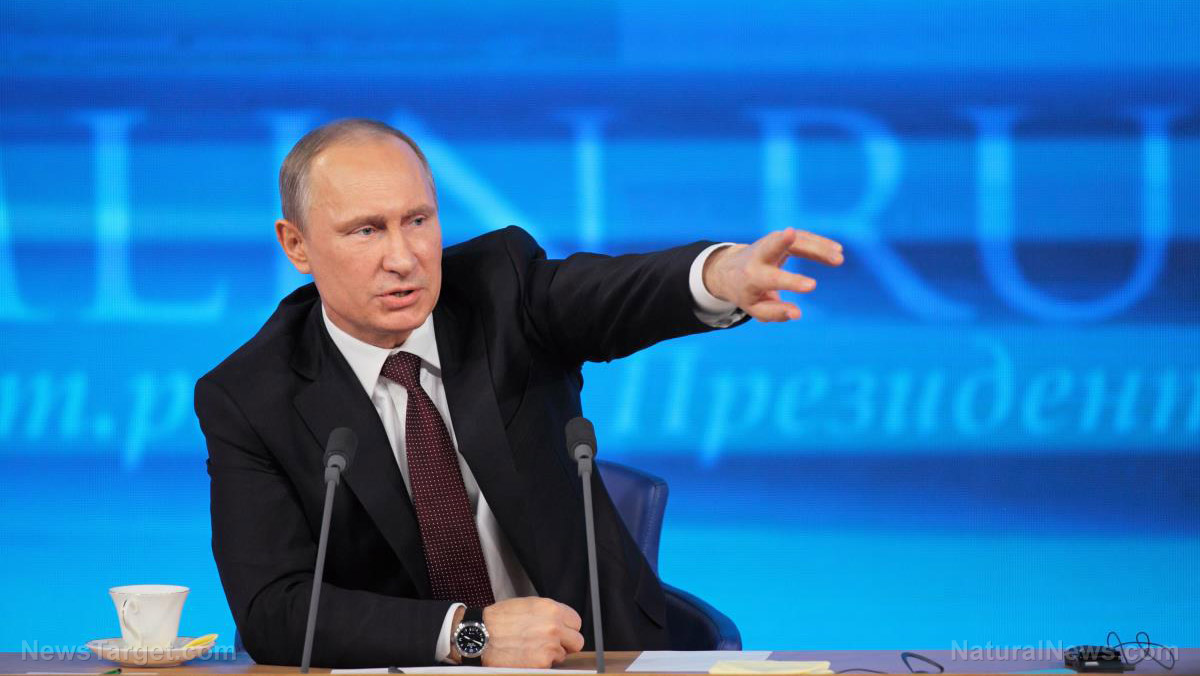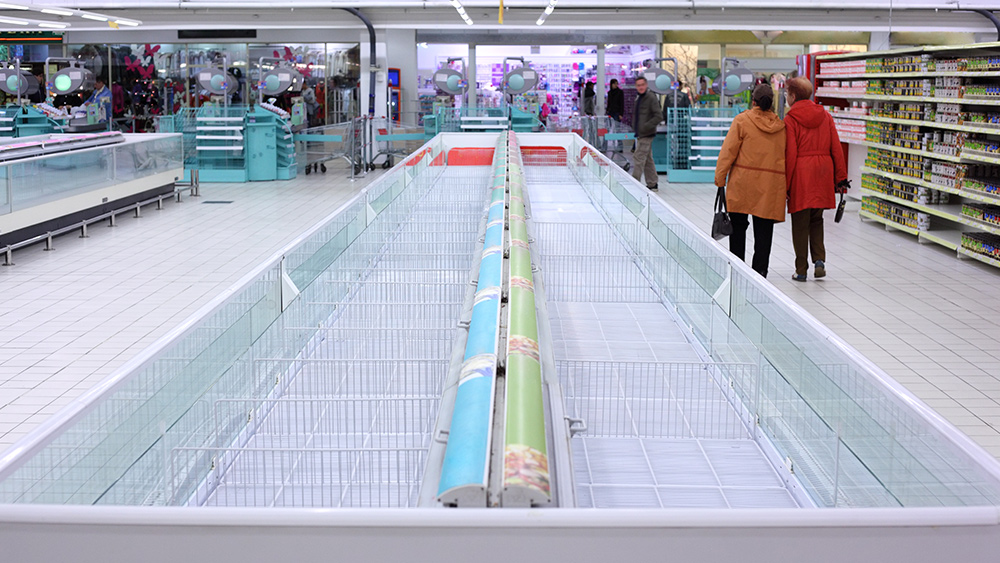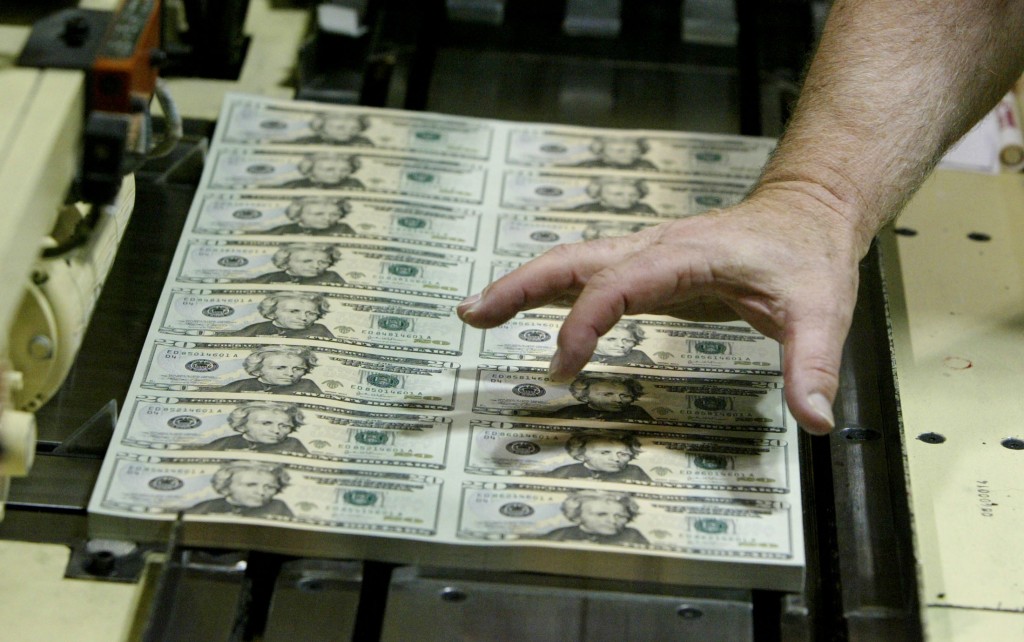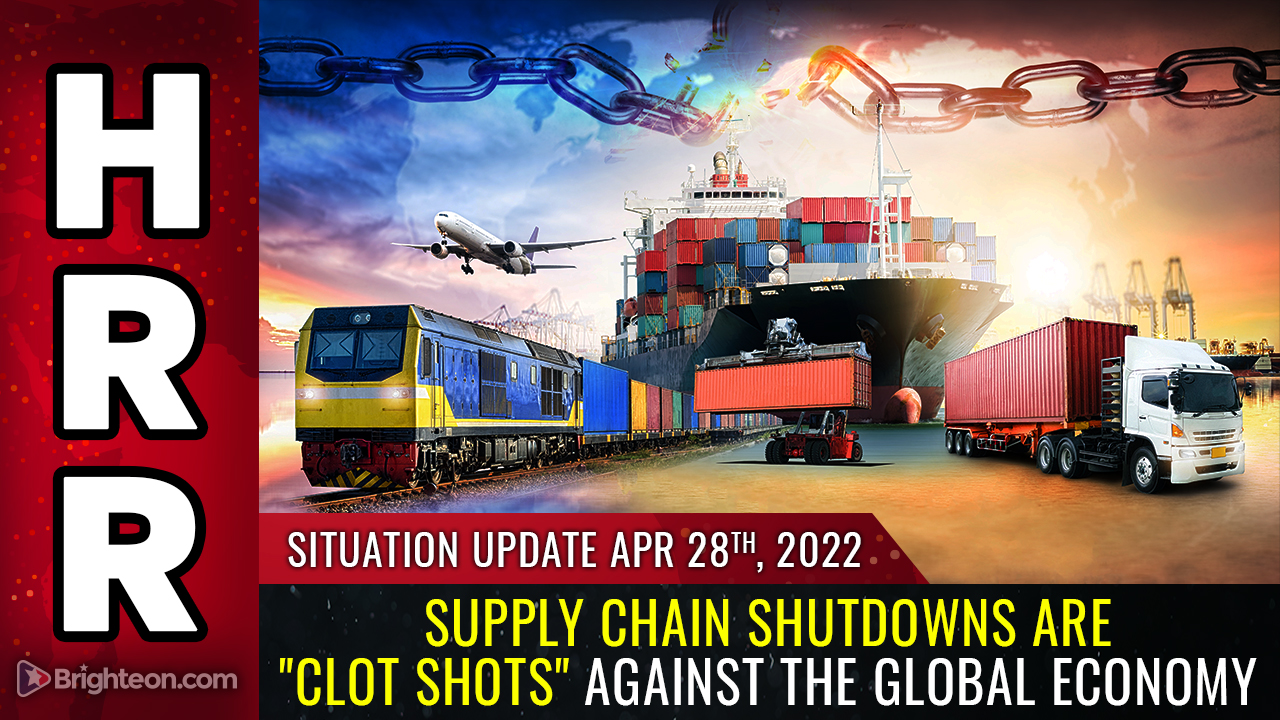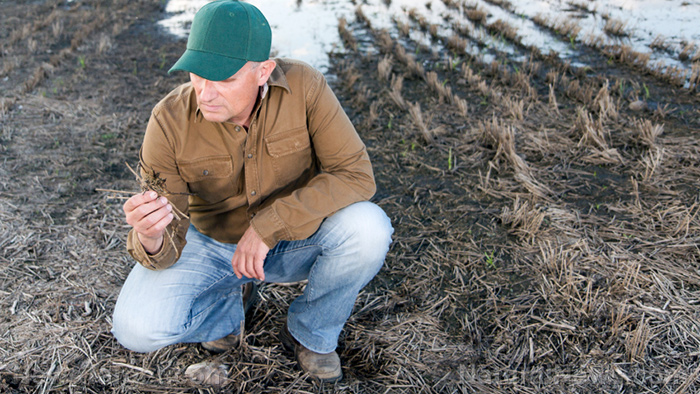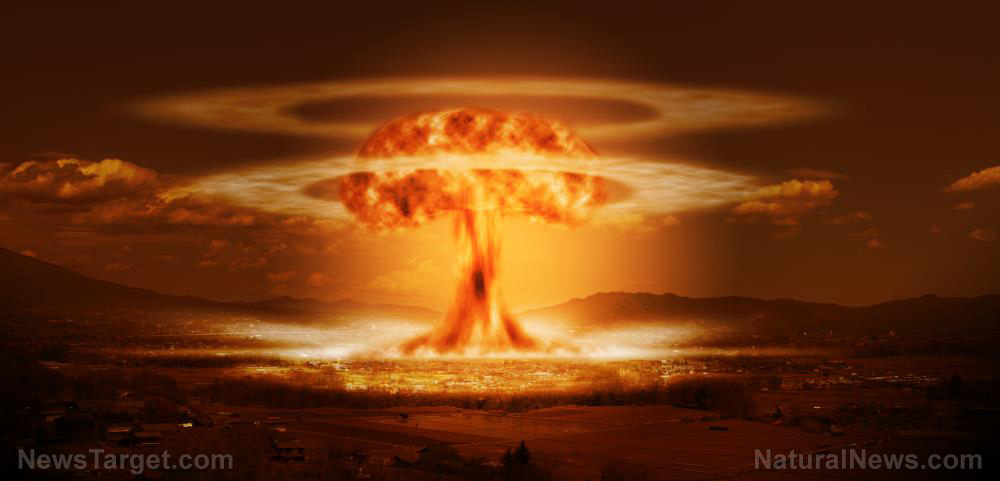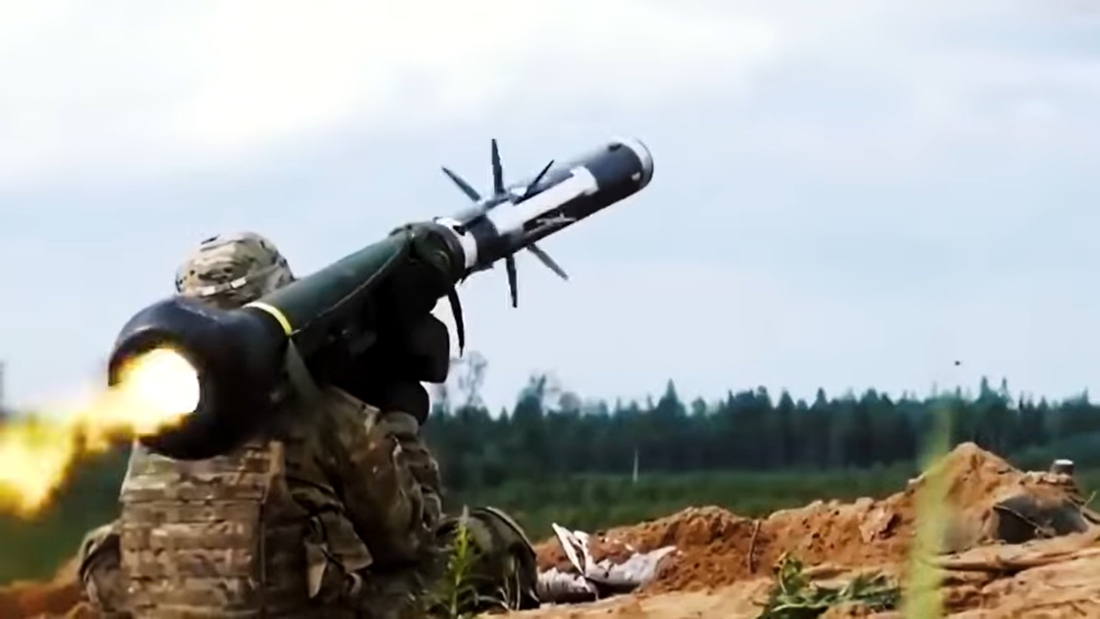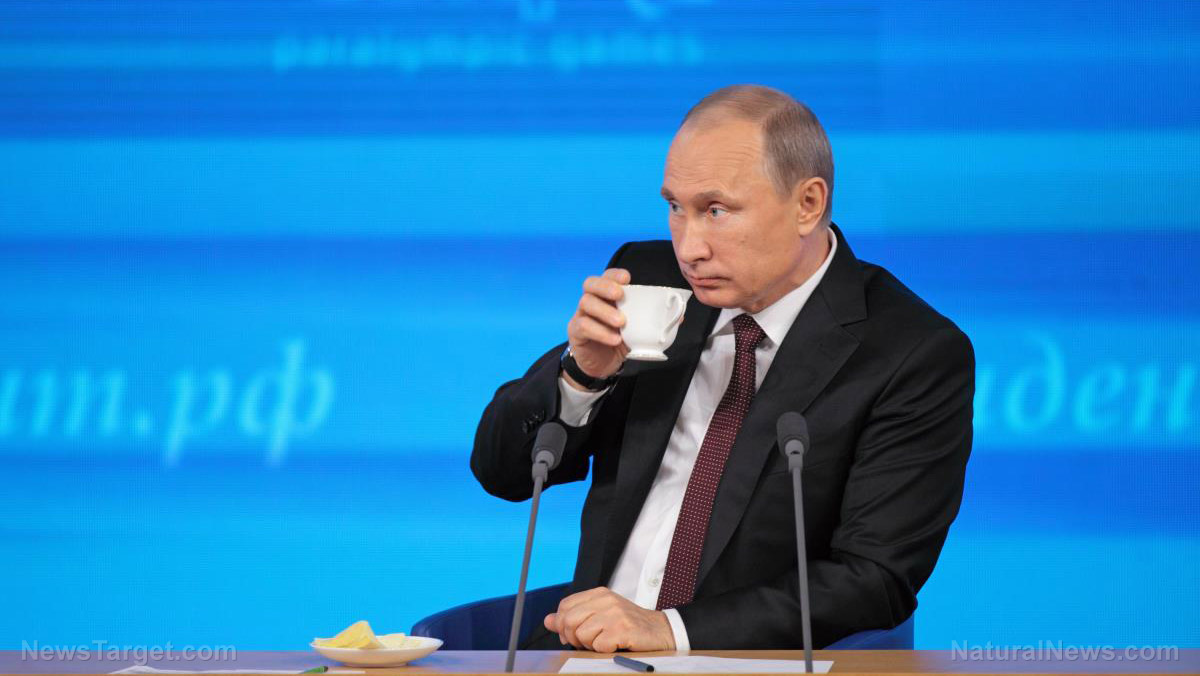Argentina’s annual inflation rate just hit 55.1%, and experts are predicting 60% for the entire year
04/20/2022 / By Ethan Huff

The inflation rate in the South American country of Argentina is exceeding forecasts, creating worries for many.
According to the latest government data, Argentina’s monthly inflation rate officially rose to 6.7 percent in March, the highest level in two decades. Both food and gasoline are affected by the increase, which is outpacing some people’s salaries and savings.
The INDEC statistics agency announced that as of March, the annual inflation rate has topped 55 percent, above a Reuters analyst poll of 53.8 percent. Other analysts had predicted a monthly rise of 5.8 percent, while Argentina’s Economy Minister Martin Guzman warned that it would exceed six percent.
The current monthly rate of inflation in Argentina is now the highest it has been since 2002, according to INDEC. In related news, protests have erupted in Peru due to widespread inflation.
“Money doesn’t get you by nowadays,” said José Luis Rodríguez, an Argentine bricklayer, as quoted by Reuters. “The reality is that it doesn’t buy you anything. If I get sick, I don’t know who is going to feed my family.”
Protests spread in Buenos Aires as angry workers demand government intervention
Inflation in Argentina has been a problem for several years now. The government has supposedly tried to come up with solutions, but to no avail. And now global commodities prices are soaring there, which the media continues to blame on Russia’s invasion of Ukraine.
Central banks throughout South America have had to sharply spike interest rates, a trend that is expected to continue. Even so, Argentina’s yearly inflation rate is expected to reach nearly 60 percent.
“That takes a steep toll on Argentines, almost 40 percent of whom already live in poverty even as a rebound in growth from the coronavirus pandemic has helped reduce that number,” Reuters reported.
The situation sparked protest in Buenos Aires where protesters could be seen holding up signs stating that “we are getting poorer.” Argentines want their government to do something more than they are currently doing.
“Inflation is forcing those of us who work in different sectors to do these kinds of bake sales,” said Julio Reinoso, another bricklayer who now has to sell baked goods on the street in order to supplement his regular income and keep his family fed.
“We have no choice. If we are lucky, we can have two or even three jobs. And not even then do we make ends meet because one day products have a certain price and the next day it’s a different one. That really kills people throughout the country.”
The protests in Peru became so large there due to inflation that the government deployed the military to enforce martial law in the form of a curfew. Residents were prohibited from leaving their homes on the night between April 4-5 as President Pedro Castillo issued a warning about the “mobility of citizens” no longer being allowed.
In Argentina, the government announced that the nation’s poorest could soon be entitled to a new special aid program that will be financed from taxes collected on businesses experiencing unexpected gains from the Ukraine war.
Workers will receive 18,000 pesos ($158) in two installments, while retirees will receive 12,000 pesos ($106) in one single installment.
“A bonus will be granted to compensate for inflation, making purchasing power grow. The war in Ukraine puts pressure on inflation and it is necessary to reinforce the income policy,” Guzman announced.
The government did not reveal the total cost of the program, nor did it provide details on the tax rate. The proposal will still also need to be approved by Argentina’s Congress before it takes effect.
More related news can be found at Collapse.news.
Sources include:
Submit a correction >>
Tagged Under:
Argentina, big government, Bubble, Buenos Aires, chaos, Collapse, debt bomb, debt collapse, economic crash, economy, global commodities, INDEC, Inflation, panic, price increase, prices, protests, risk
This article may contain statements that reflect the opinion of the author
RECENT NEWS & ARTICLES
COPYRIGHT © 2017 CHAOS NEWS


